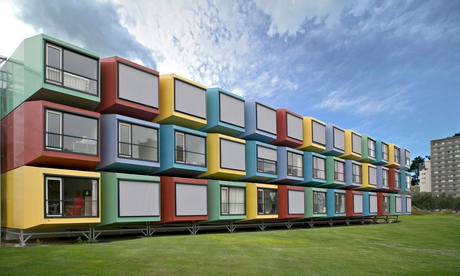
In autumn 2013, when George Osborne lifted the cap on how many students each university can take, he fired the starting pistol for increased competition in the higher education sector. The best universities will prosper and poorer performers could suffer. But has anyone really thought through the effect this will have on the housing market?
There are about 2.5 million students in UK higher education and an extra 30,000 places have been created this year. Traditionally, students lived in halls of residence or shared private houses, but an increasing number of private companies are building and managing bespoke blocks for students. Business is booming. Savills, an estate agency, reports yields of almost 14% and predicts £2.5bn will be spent on student housing schemes this year, significantly more than the Homes and Communities Agency invests in affordable housing.
Unfortunately, the governmentís latest planning guidance allows student housing to be included as part of overall housing targets when local plans are being put in place ďbased on the amount of accommodation it releases in the housing marketĒ.
This is misguided at best. Savills and others argue investment in student housing eases pressure on family housing, but I have seen no evidence of this. On the contrary, student housing providers may be poaching sites that could have been used for affordable housing.
Cambridge is a prime example. As well as its two universities, it has dozens of language schools and private crammers that take wealthy students from around the world. Since 2006, 4,501 student bedrooms have been built and a further 2,335 have planning permission, compared with only 2,480 family homes over the same period.
A site close to the city centre has been earmarked in the cityís local plan for 128 homes

